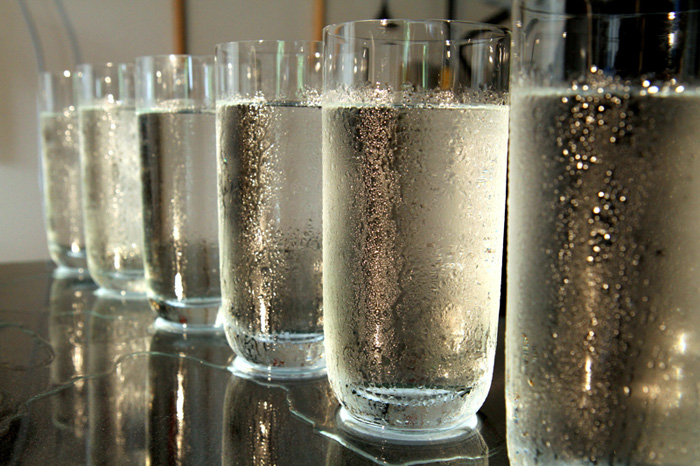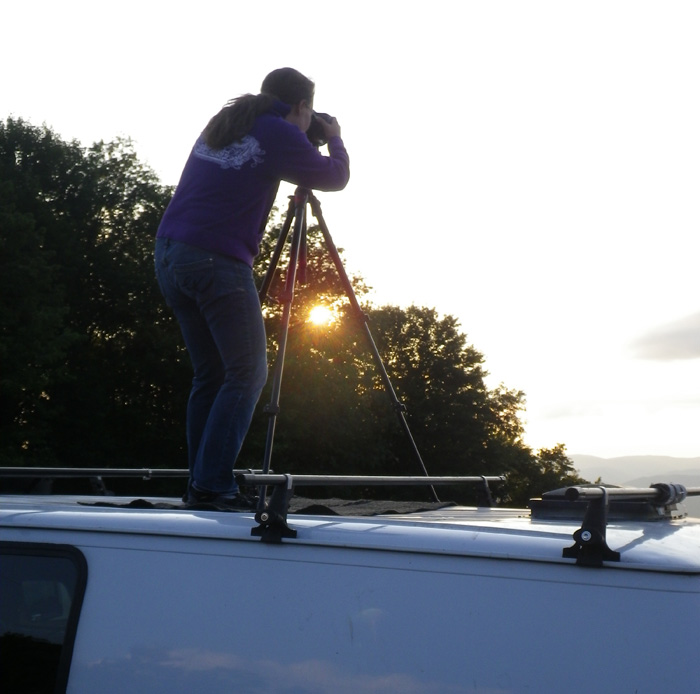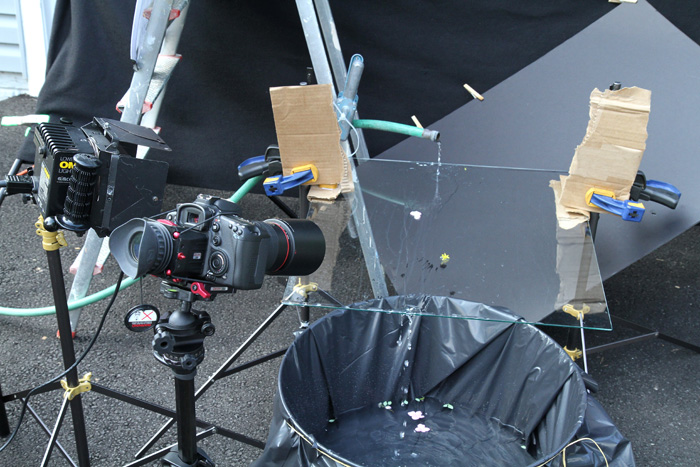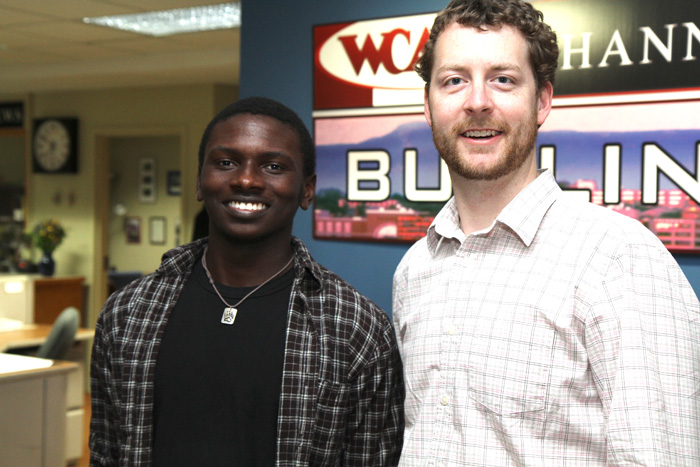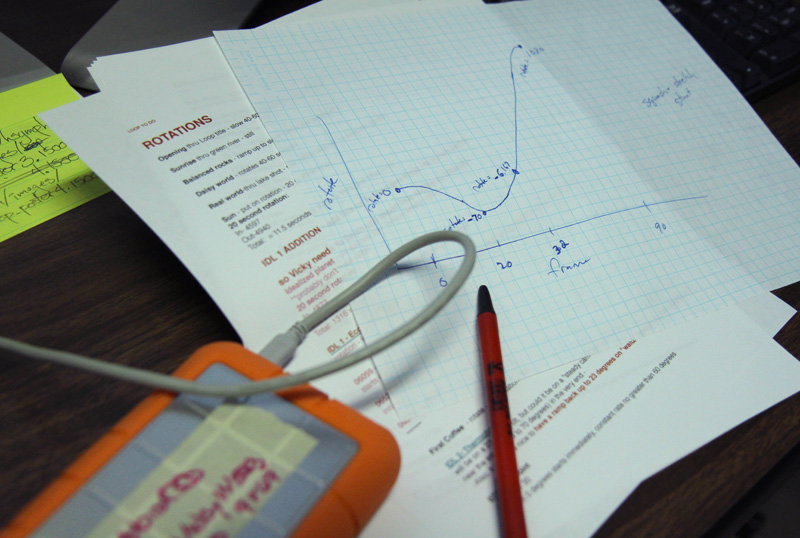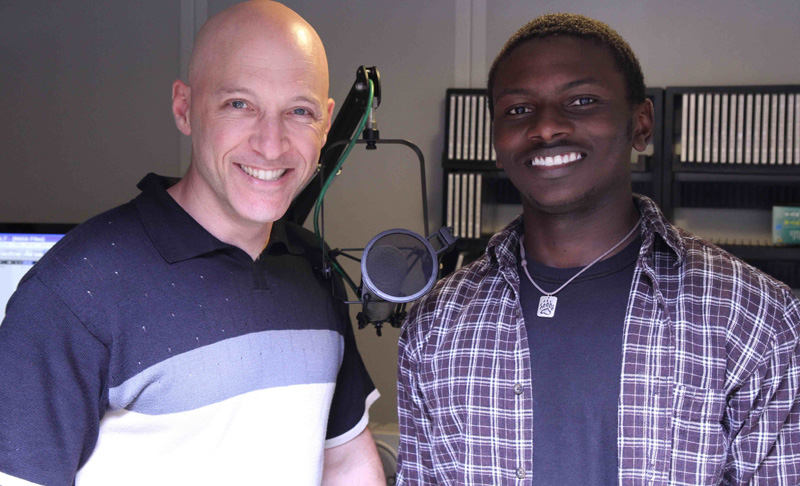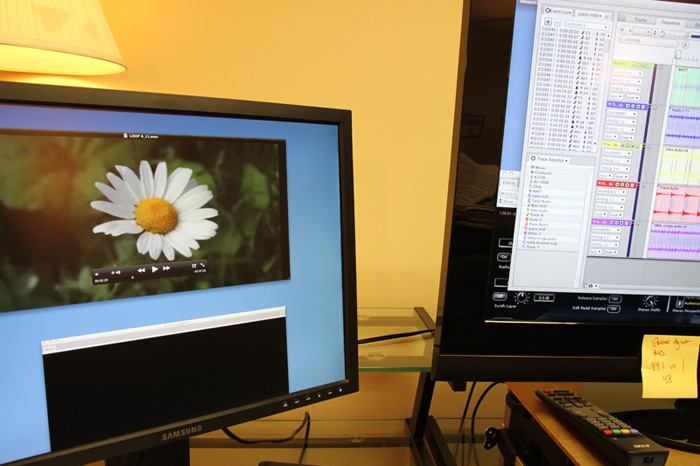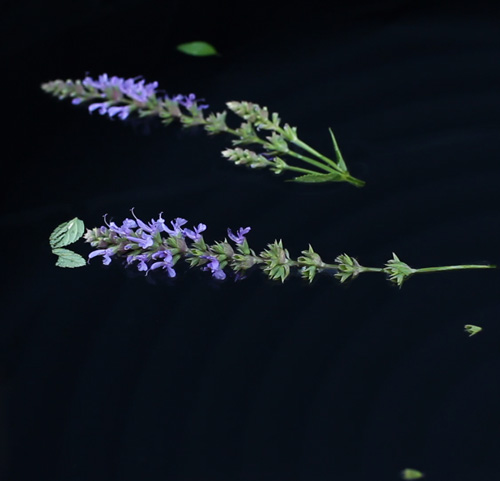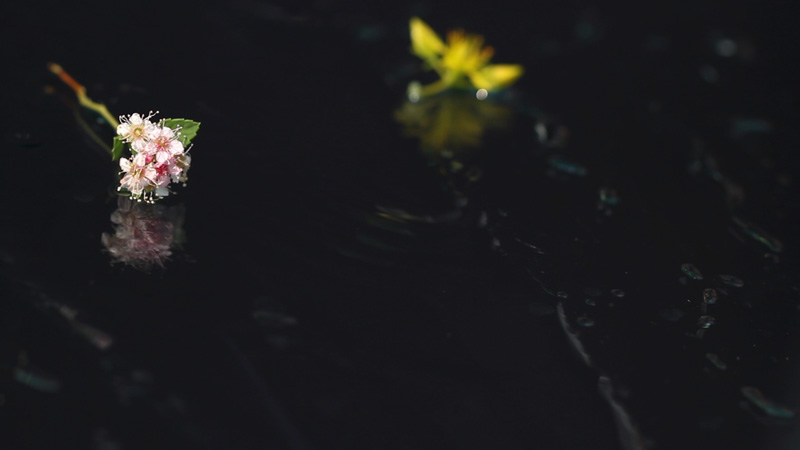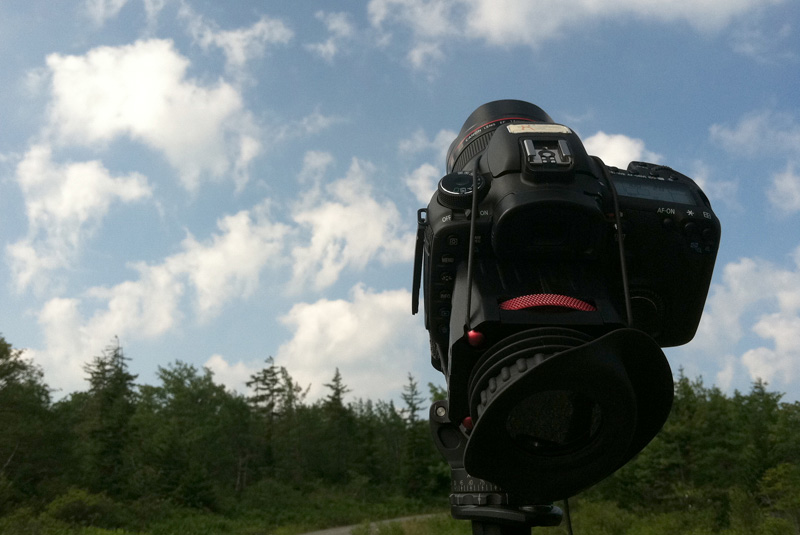Data Visualization: Reality Directed for Effect
Artificial Realities: Animation's Role in LOOP
Daisyworld: Balance in Bloom
The Ben Franklin
In LOOP, the scientific examples used to illustrate how circulation works generally describe large-scale phenomena. But just like standing at the base of a skyscraper makes it hard to appreciate a building's overall architecture, churning atmosphere and oceanic flows do not immediately present scenes that are easy to see with the unaided eye.
For the movie-making team, data visualization offered an immediate go-to solution for planet-scale images. But where data visualization offers the scope and shape of the whole skyscraper, it doesn't always deliver the requisite emotional character nor conceptual framework for ideas less about scientific axioms and more about feelings or experience.
To that end, the creative team developed a compelling blend of real-world imagery, conceptual animation, and data visualization, all specially prepared for spherical presentation, and all designed to invest scientific messages with vital narrative propulsion.
Most of the videography captured for LOOP was done either on practical sets built in miniature or in carefully composed real-world settings. As a means of presenting circulation as a big concept, the magnification of small scale phenomena such as ice melting or vapor rising helps shine a light on things that we experience everyday but don't usually have the perspicacity to see. Close depth-of-field in a number of shots help press the essence of each image directly onto the surface of The Sphere—an aesthetic consideration that's not always as vital for traditional video presentations.
Location shooting for LOOP happened over a period of months in the late spring and summer of 2011, with locations in Virginia, West Virginia, and Maryland.
